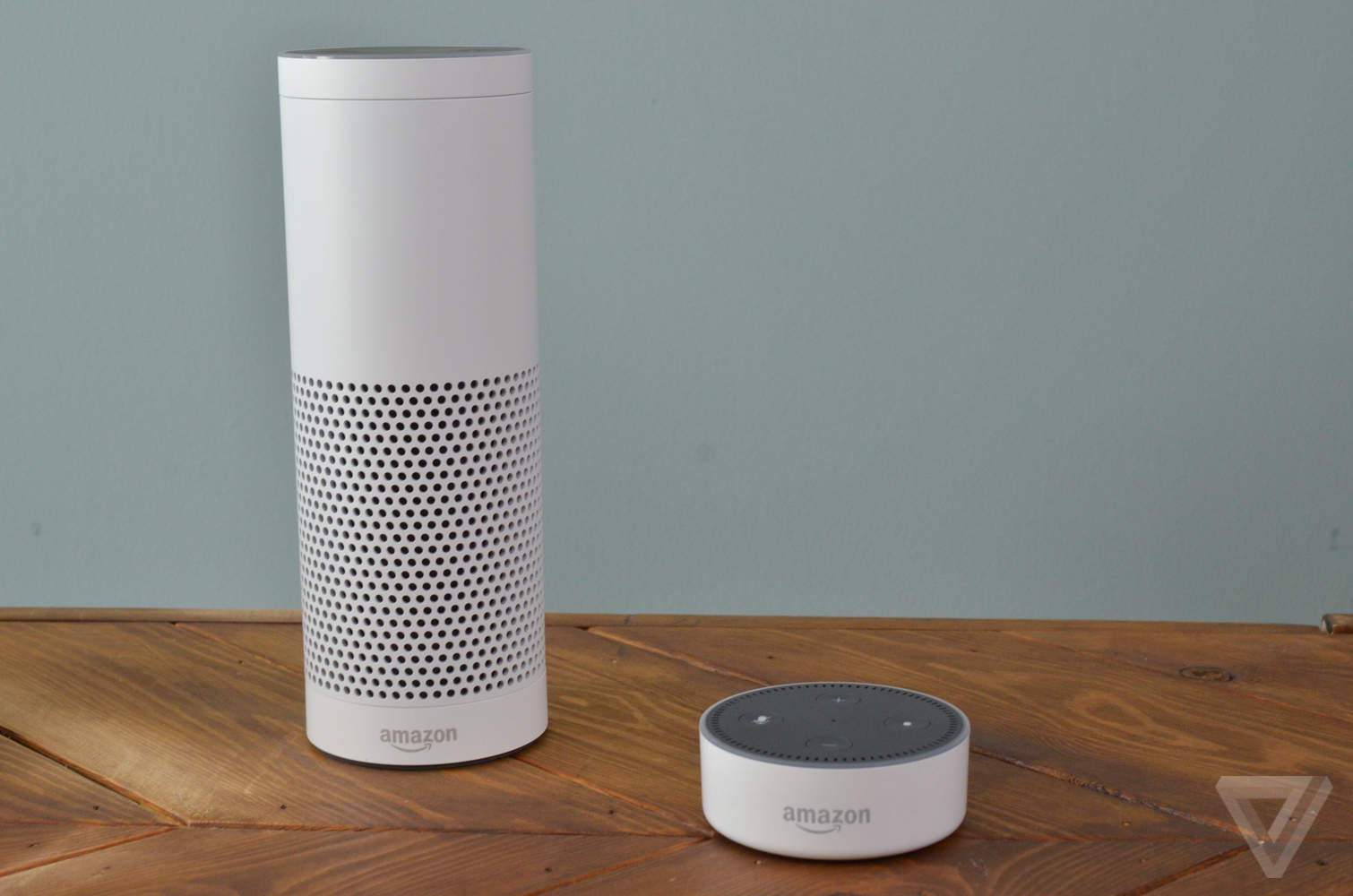Microsoft is rumored to be preparing a HomeHub feature for Windows 10 to better compete with devices like Google’s Home and Amazon’s Echo. While that feature isn’t expected to debut until later next year, Microsoft is laying the hardware groundwork for new devices that will run Windows 10 in ways that are more like the Echo and Alexa.
Microsoft is partnering with Intel to allow device makers to create hardware that incorporates the latest artificial intelligence with Cortana, and the ability to support far-field speech communications and wake on voice. “Customers are device creators,” explains Microsoft’s Windows and devices chief Terry Myerson in an interview with The Verge. “There’s a lot of enthusiasm for wake on voice, devices with far-field voice capabilities, devices with small screens, large screens, and no screens at all.”

Microsoft isn’t announcing any devices itself this week, nor are the company’s device partners, but the company is signaling it’s ready to allow Windows and Cortana to compete against Amazon’s Alexa. “From a platform perspective, our goal is to build this platform that provides a set of silicon options for these device creators, that allows them to choose the screen sizes they’re choosing, and allows them to decide whether they want touch or not, support pen or not,” explains Myerson. “So they can pursue their own vision of what the ideal device is.”
Microsoft’s HomeHub feature of Windows 10 is rumored to allow device makers to create hardware that can respond to voice controls and act as a shared desktop space for a family or a control hub for smart devices in a home. Microsoft isn’t detailing its HomeHub plans publicly yet, but today’s hardware announcements are the first step towards a future where the company can offer its partners the ability to take on Google and Amazon’s AI-powered assistants.